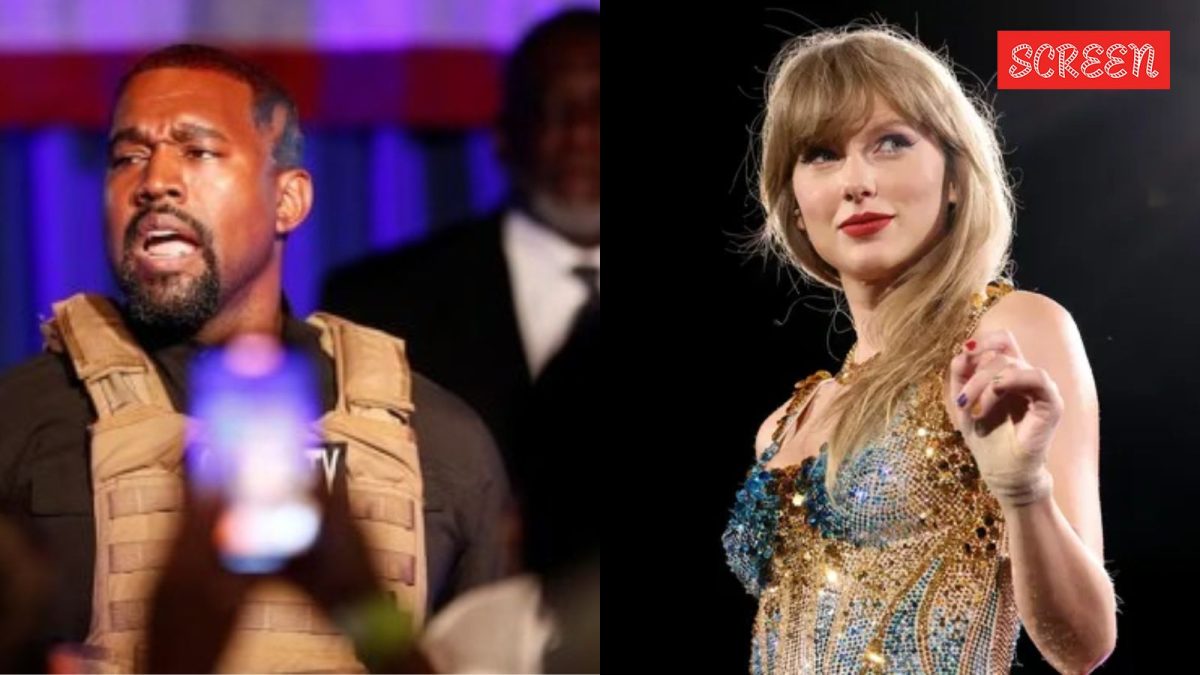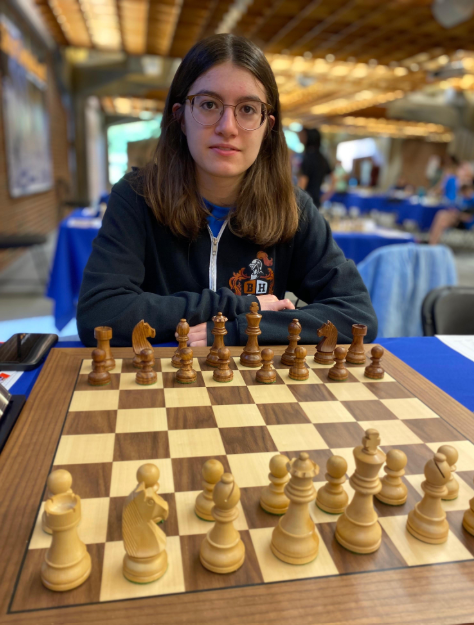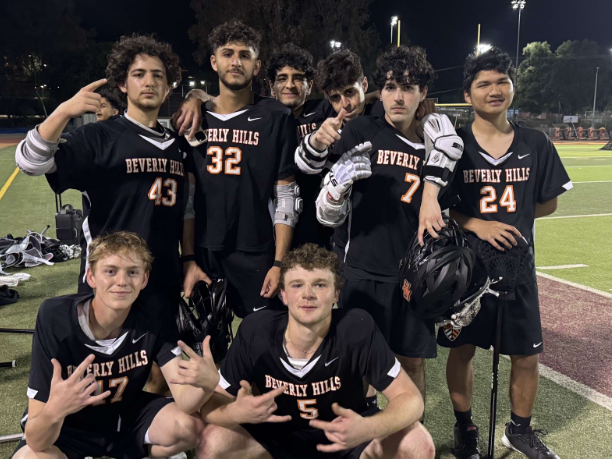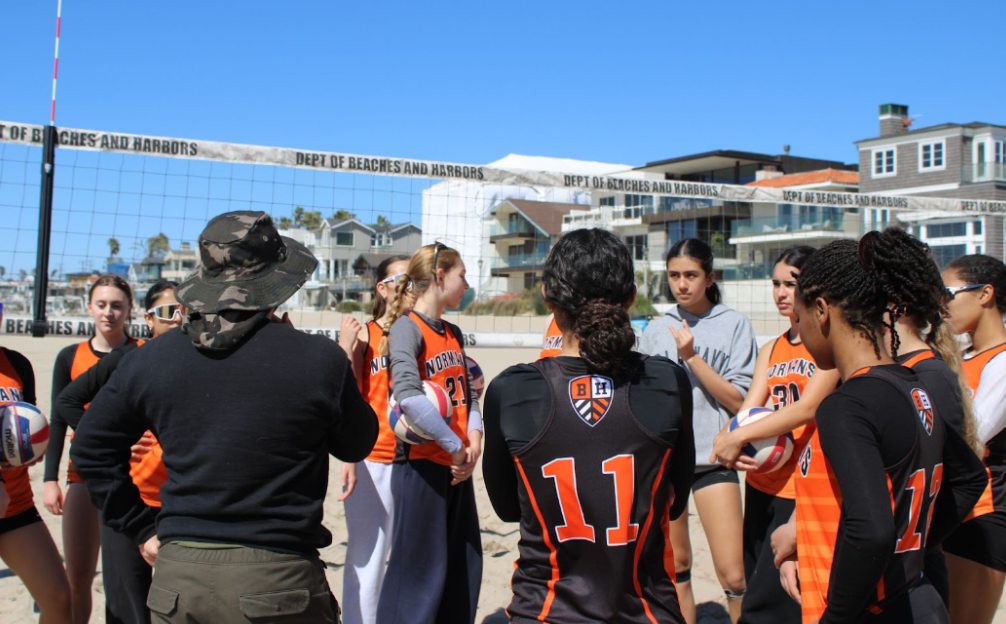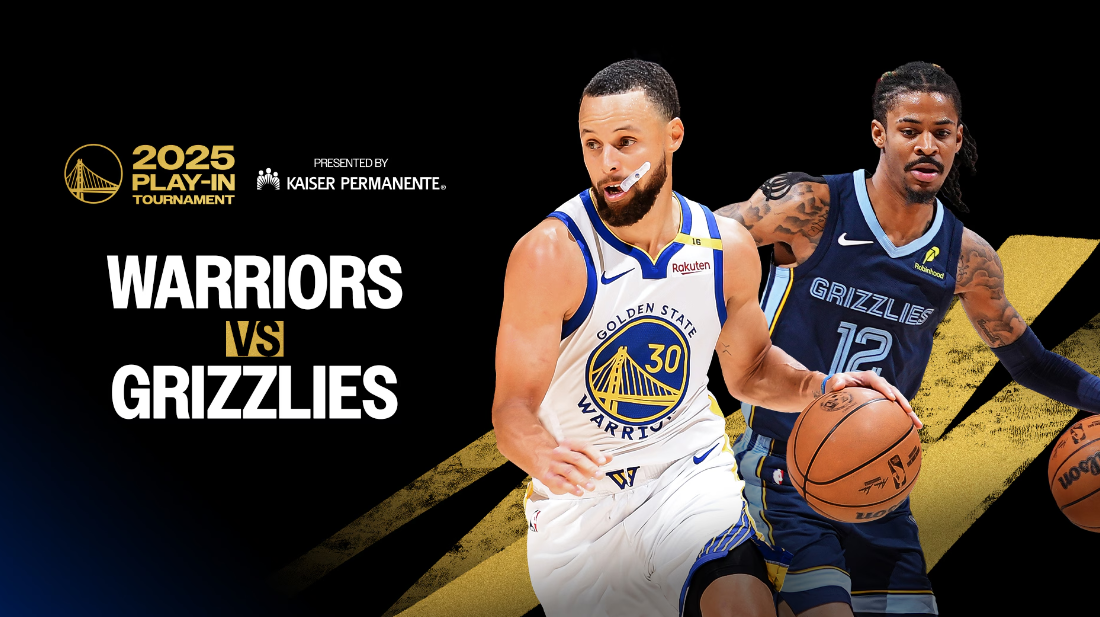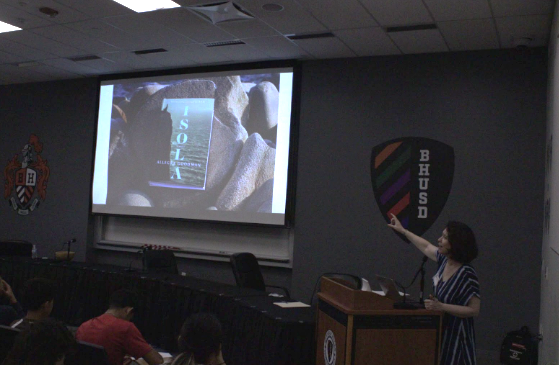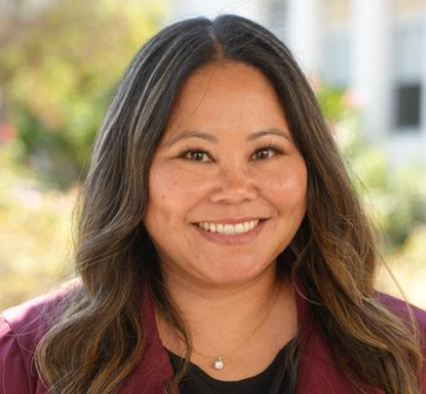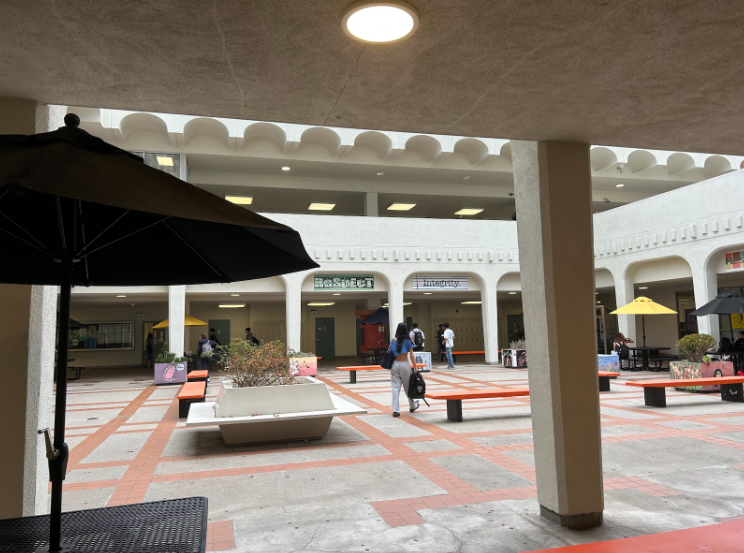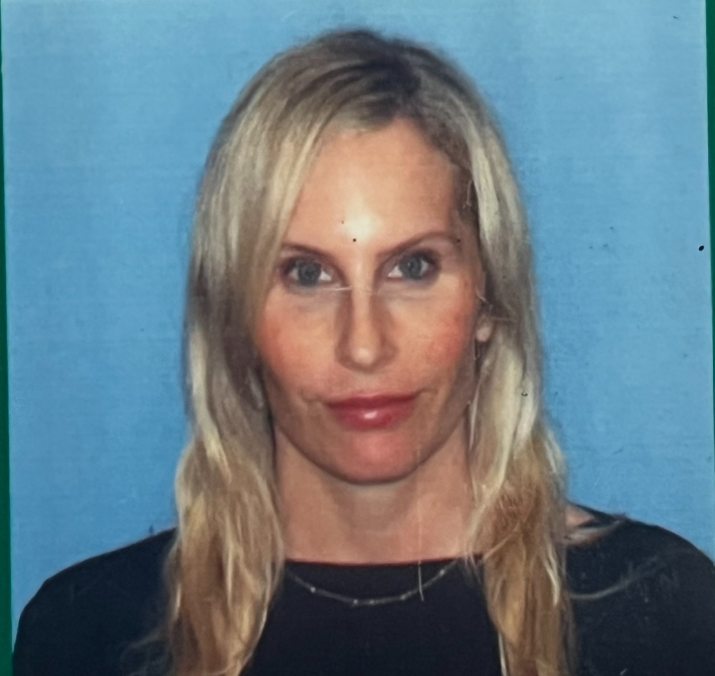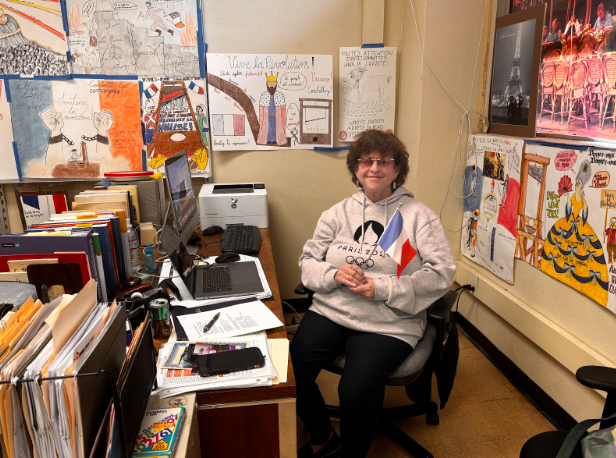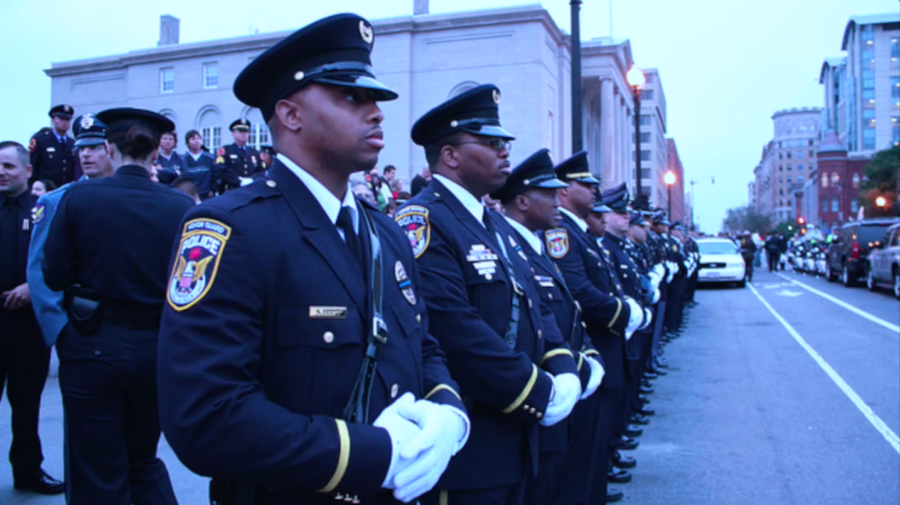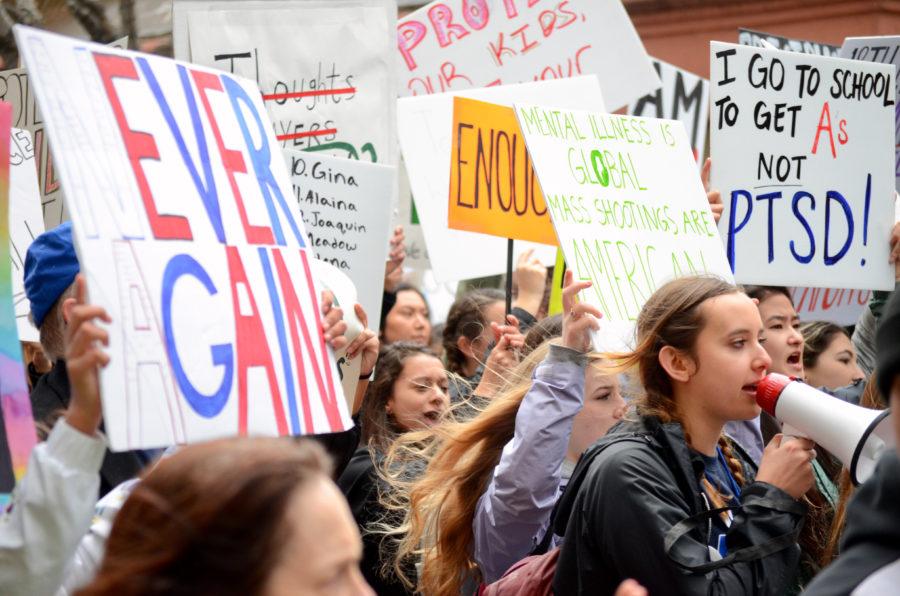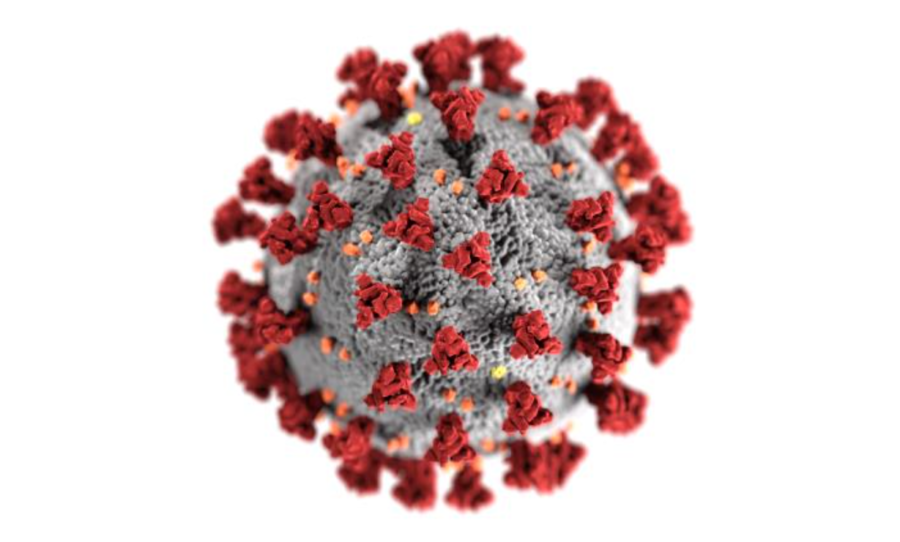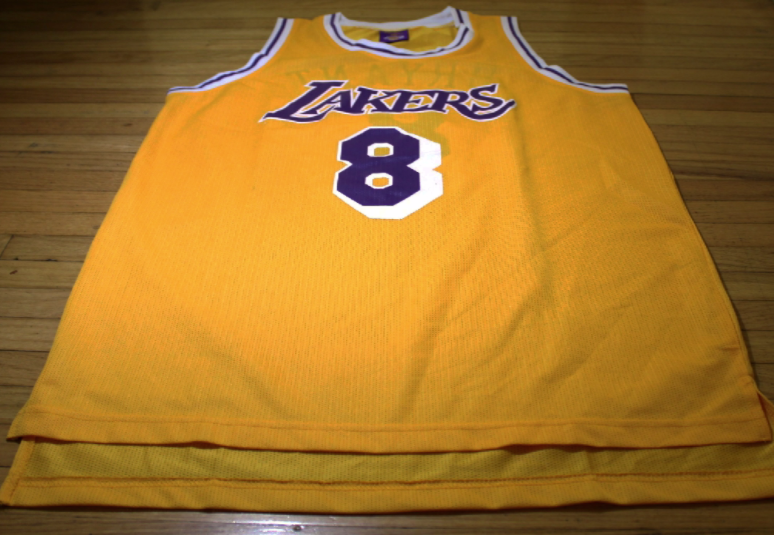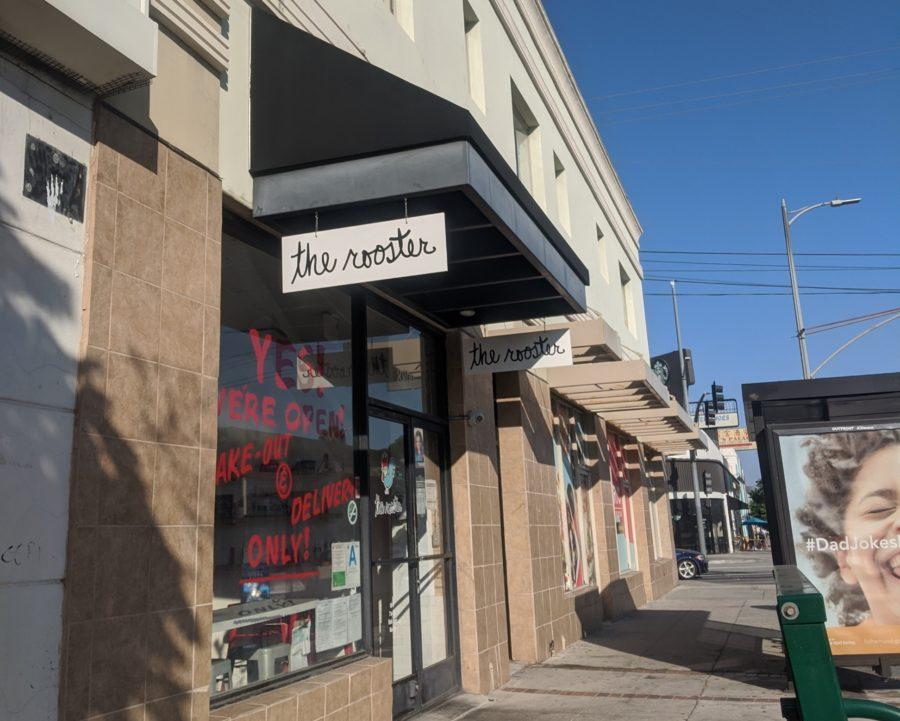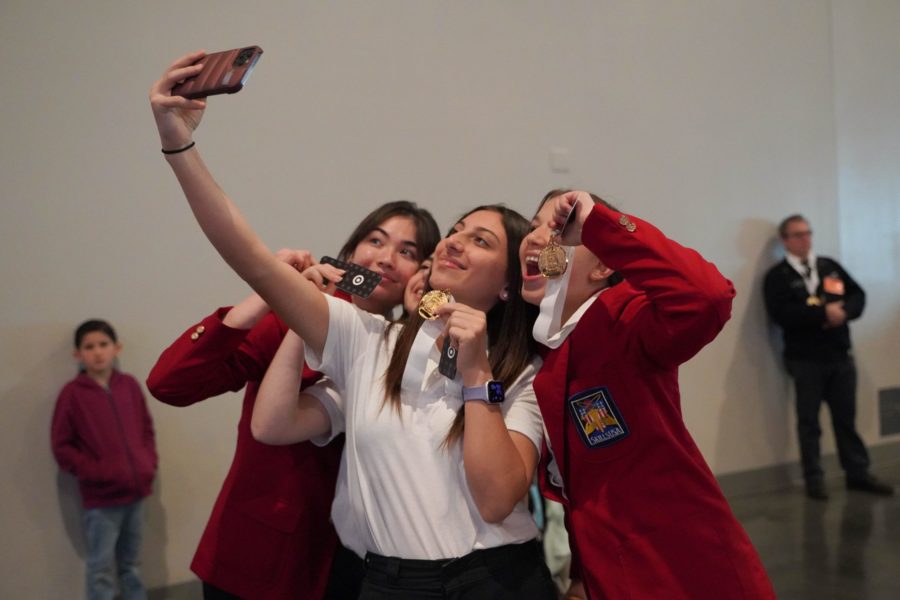WARNING: VIDEO CONTAINS GRAPHIC SCENE OF THE SHOOTING OF WALTER SCOTT IN SOUTH CAROLINA.
Jackson Prince, co-editor-in-chief
Sadie Hersh, photo editor
The last three years have been defined by tensions between the urban African-American populations of several cities across the United States and their governing police departments. Most recently in the news, Baltimore has been consumed by riots over the apparent mishandling of Freddie Gray’s medical conditions upon arrest by Baltimore police, leading to Gray’s death.
Highlights has broken down the story into three parts: its background (including the cases preceding Gray’s death), its current situation and what the future holds.
Background
In February 2012, Florida teenager Trayvon Martin was shot and killed by George Zimmerman, a white neighborhood watch volunteer. When Zimmerman was acquitted by a Florida grand jury, the conflict between the African-American community and the police intensified, but little violence occurred.
The situation in Ferguson, Missouri was the beginning of violent protests that were related to racial discrimination against African- Americans.
Ferguson police officer Darren Wilson shot and killed Michael Brown after he had allegedly robbed a convenience store and reached for Wilson’s gun. Wilson was acquitted after months of jury deliberation in August 2014. On the night of Nov. 24, the city of Ferguson was set ablaze. The town experienced a night of looting, tear gas and citizen-caused terror.
Then, the names of African-Americans who died from police brutality began to pile up, and the public has become more and more emotionally connected to each individual story, as well as the broken record itself. Eric Garner, Tamir Rice, Cameron Tillman, Walter Scott.
Three weeks ago, in Tulsa, Oklahoma, Eric Harris was shot accidentally, according to reports, by a reserve sheriff’s deputy who was reaching for his taser but grabbed his gun instead. The man is Robert Charles Bates, described as “a wealthy 73-year-old insurance executive with close political ties to the sheriff.”
Through it all, governmental reform has been absent, and tension between the police and their constituents has intensified.
Freddie Gray
Freddie Gray was 25-year-old resident of Baltimore who was resisting arrest for weapons charges. He ran away from three police officers on April 12. Once the officers tackled Gray, they proceeded to beat him into critical condition. One witness says that an officer had his knee on Gray’s neck, causing his voice box to crush and making him scream, “I can’t breathe.”
He was then dragged to a police van and taken to booking instead of receiving medical attention. After going to the hospital an hour later, it was said that Gray suffered a spinal cord injury and three fractured ribs. He fell into a coma and was unable to be saved by surgical attempts. Gray died from his injuries on April 19.
Since Gray’s funeral on April 27, violent protests have erupted all over Baltimore, causing the city to be placed on a citywide curfew of 10 p.m. As of Monday, six officers have been seriously injured and 35 protesters have been arrested. 2,000 National Guard soldiers have been called in to help the state police.
What’s next
In response to the riots, 2016 presidential candidate Hillary Clinton addressed the situation at a fundraiser for her campaign. She conveyed her regret for the death of Gray and said, “The violence must stop.” Moving forward, Clinton explains the need for police officers across the country to wear body cameras. She expressed the need firm reforms to ensure justice and equality.
President Obama confronted the issue saying that the violent riots were “counterproductive” and expressed no sympathy for the protesters who are rioting in the streets. He described that the incident between the police department and Gray brings up a broader recurring problem in the United States. President Obama addressed that the violence must stop.
Los Angeles
All LAPD officers will be equipped with body cameras in the months to come in order to prevent these racial discriminatory incidents and the riots that follow them.
Categories:
Beverly’s take on modern police brutality
May 3, 2015
1
0
Donate to Highlights
$125
$1000
Contributed
Our Goal
Your donation will support the student journalists of Beverly Hills High School. Your contribution will allow us to purchase equipment and cover our annual website hosting costs.
More to Discover





